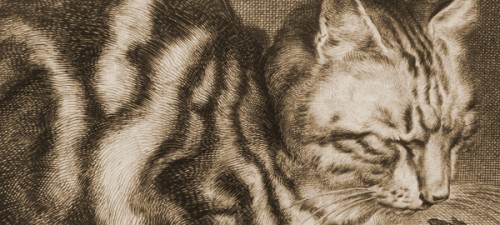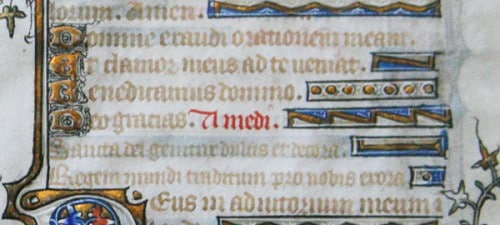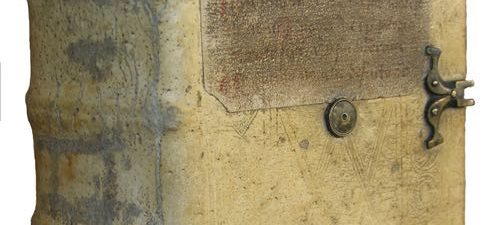March 4, 2015
Sotheby’s Rare Books
Sometimes, after I evaluate a rare book collection, clients will reasonably ask themselves if they would they be better selling them privately or at auction. The auction house that is often on the tip of everyone’s tongue is Sotheby’s (with no insult to their peer Christie’s as they are a fine house- but I just am asked about them less frequently). After all, Sotheby’s is a household name, and despite the fact that the majority of their revenues these days comes from modern art sales (which Al Capp mocked as the product of the ‘untalented sold by the unprincipled to the utterly bewildered”), they actually started as a rare book auction house in the 18th century with the disposal of “several hundred scarce and valuable” books. To this day, they maintain an active rare book and manuscript department even if their focus has shifted.
So, the question is more succinctly stated: Would I get more money at auction for my rare books or by selling them privately.
Auctions are an important venue for selling books, and one can often get fair market value for books. However, that does or not mean that the net proceeds will be higher than a private sale or that certain types of books will do better at auction.
Let’s break them into the simple positive and negatives as viewed form an the perspective of an experience bookseller who loves books auctions.
Positives at auction:
1) These days, exceptional material does well. The rarest and most unique material can command strong prices. The auctions have to a large degree focused on selling such ‘highlights’. There have been many times in fact when I have advised sellers to consider the auction route if I felt the material would honestly ‘fly’ there due to its obvious importance/rarity or fresh to market appeal.
2) Sellers feel they can trust the process that a fair market value will be established. There is less of a “can I trust this person” concern than with private dealers.
Negatives at auction:
1) Auction houses are increasingly fussy about rarity, condition, and the minimum worth of a book that they will consider for consignment (at the big houses this is often in the thousands of dollars). If you have a library, this means it will be quickly cherry picked without solving the issue of what to do with the remaining books.
2) Auction houses can and do make mistakes and miss things that would raise the value of a book substantially. That is how dealers make money- by going to auction and hunting for these ‘sleepers.’ An honest dealer who is buying privately (but certainly not at auction) will often point out a unique attribute in a book that makes a book more salable, where an auction house that is swamped with material may not pay as much attention. This can be especially true for manuscript material that requires a lot of time and energy to read and properly evaluate.
2) Some books command more money privately than at auction. Many quality rare antiquarian books and manuscripts that are not obvious highlights can do substantially better through private sales than at auction. I have purchased many early printed books at auction and have sold them at considerable profit – clearly that would not be possible if I did not recognize value in them that exceeded the auction price. Also, some dealers may have certain clients or libraries in mind and are willing to pay a high price to obtain material for them – especially when it has the attractive veneer of being ‘fresh to market” in an age when internet exposure can hurt value by the draining excitement of a find that everybody else has seen and knows about.
3) Auction estimates can be overly optimistic. After all, auction houses do not have ‘teeth in the game’ as they don’t lay out money for inventory. While they sometimes present themselves as esteemed houses that offer bias-free evaluations, they are of course in reality businesses that are interested in making money (as we all are) and they can’t do that without a constant flow of consignments. As such, they can on occasion entice clients with estimates that are too optimistic (and there is nothing that kills a final sale price like a high estimate)
4) There is uncertainty in terms of the proceeds- some may enjoy gambling but that is not for everyone. Additionally, it often takes a long time to get paid from the start of the process (certainly 6 months on average from consignment to payment)
5) Auction contracts can be overwhelming to new consignors. They say “sign here” but clients sometimes do not pay attention to withdrawal or reserve fees if items do not sell or more complex rescission clauses that permit the auction house – even years later- to demand money paid to consignors if the item is returned for material defects that were not properly described (this happens only rarely with books but is not infrequent in other categories)
Let me offer a concrete example of a book I was offered: A couple years ago a seller came to me with a handsome copy of Chandler (Alfred) & William Beattie Booth’s Illustrations and Descriptions of the Plants which Compose the Natural Order Camellieae. This is wonderful and important monograph that contains 40 sumptuous hand-colored plates of camellias grown in his father’s nursery in Vauxhall.
When this was offered to me, I made an offer of $13,000 cash. I provided an auction record (and full transparency often works against dealers unfortunately) of a copy that sold for $37,957 in 2002 at auction, but explained that there was a large paper copy from an important collection and the market for fine botanical books had weakened considerably since a couple well known collectors that had inflated prices withdrew from the market.
Here is a photo of one of the plates:

The owner did not sell the book, which was perfectly understandable given what a copy had once sold for. The owner then consigned to auction to Christie’s with an $8000-$10,000 estimate, which although reasonably enticing, did not elicit much interest in a weak botanical market. The book did not sell. Given the transparency and wide availability of auction prices today, when a copy is unsold it can carry the scarlet letter of being unsold which can further hurt its resale value in the private market even if it is otherwise a lovely and important book. In this particular case, the allure of a potential home run at auction (hopes that are infrequently, but sometimes, met) was too strong, and in the 20-20 hindsight none of us can possess, it would have been better to take the cash private offer.
Regardless of whether you wish to consider auction for your books or a private sale, I am happy to make free evaluations and you can contact me at webuyrarebooks@gmail.com or at 646 469-1851. I will provide actual auction records for your books so you can reasonably estimate what your books would get at auction and make an informed decision. I think you will also find that I devote the time and energy required to making discoveries that can often be overlooked.












